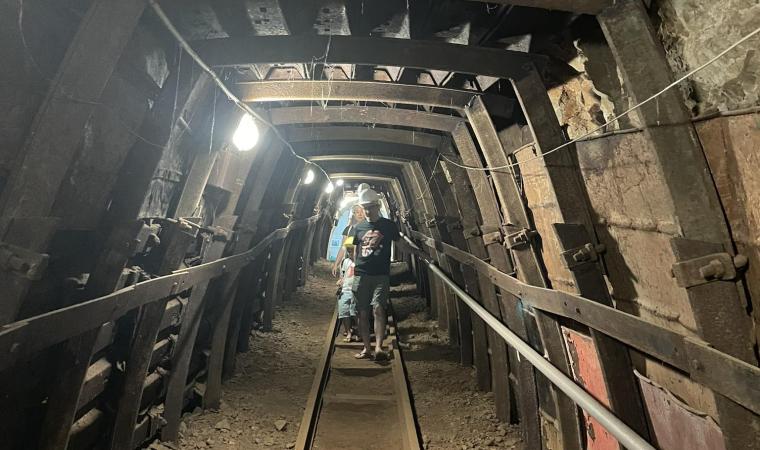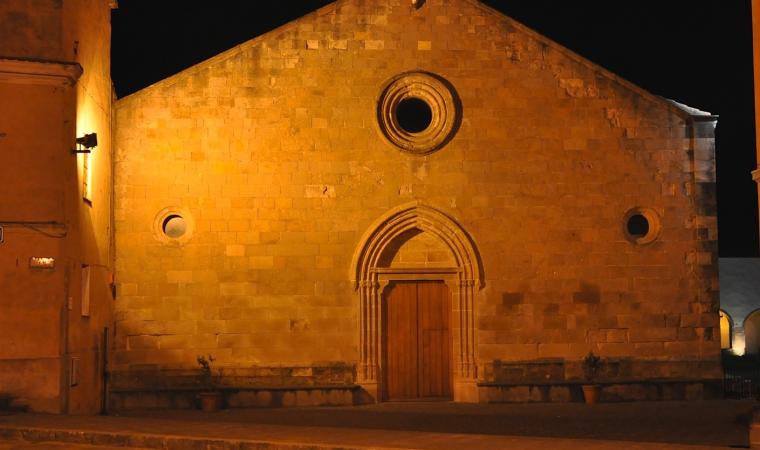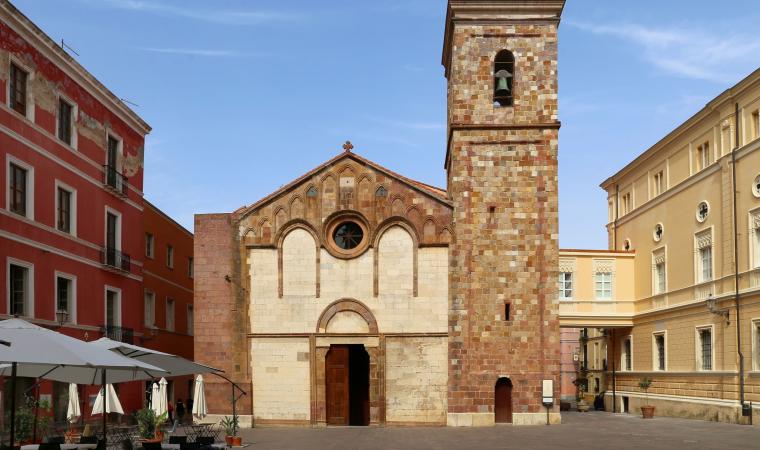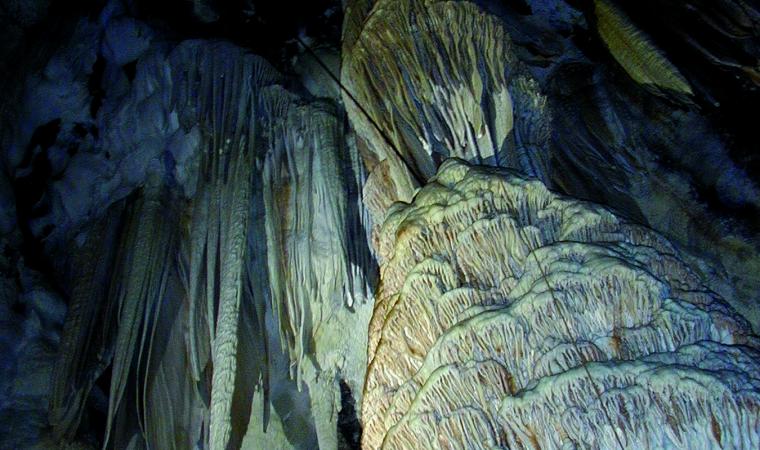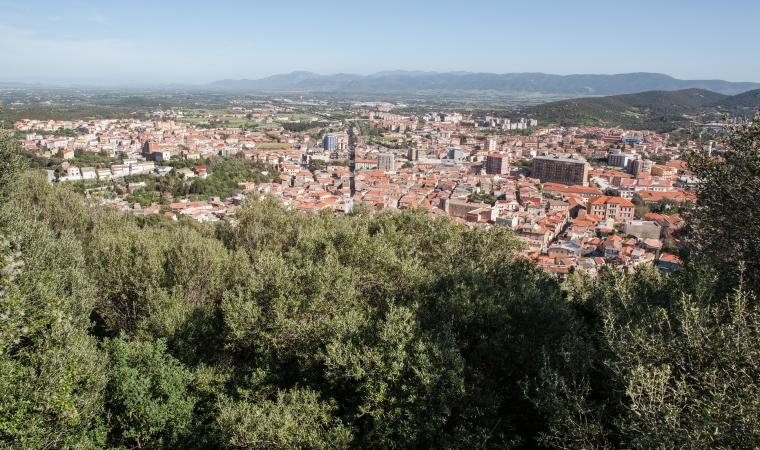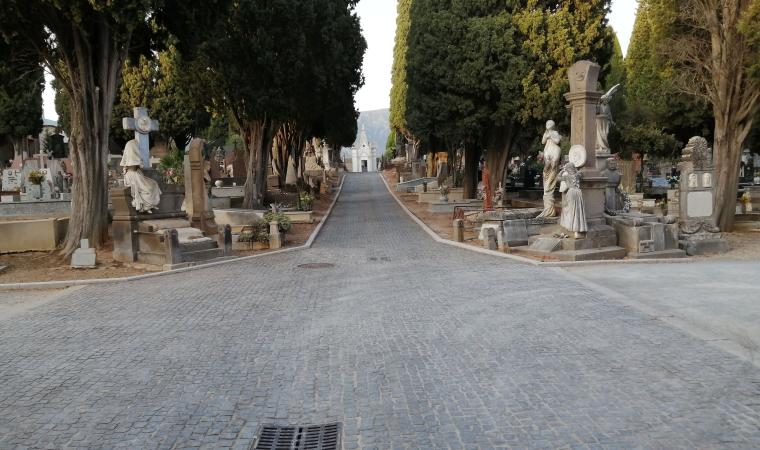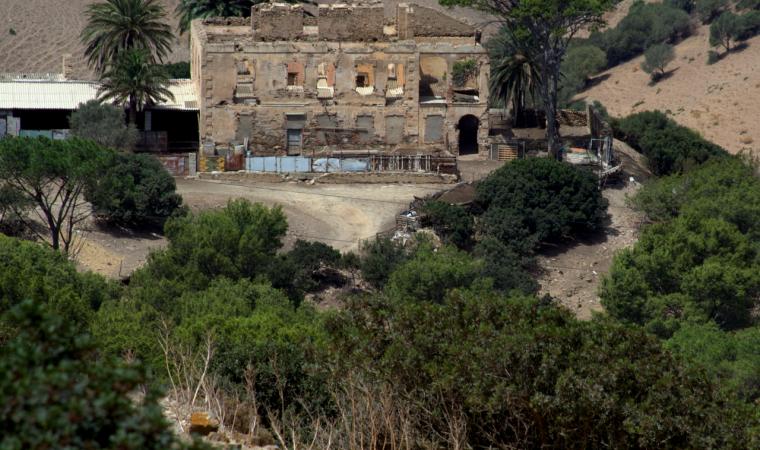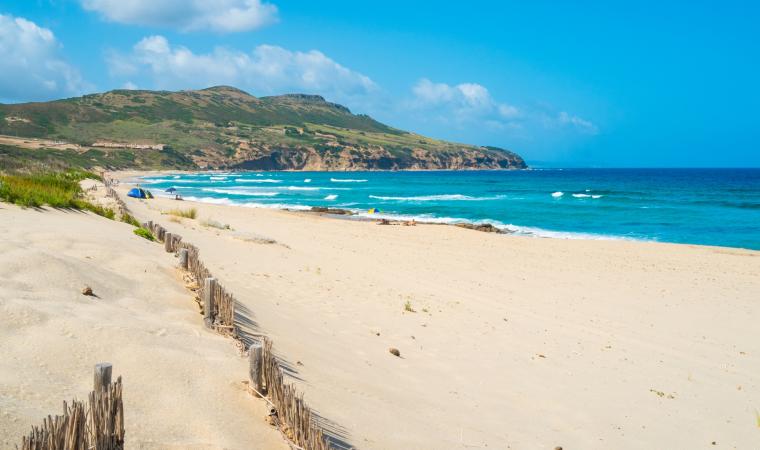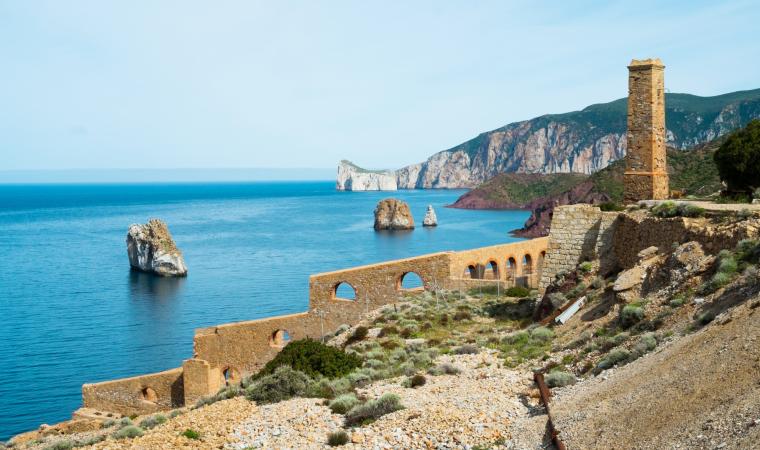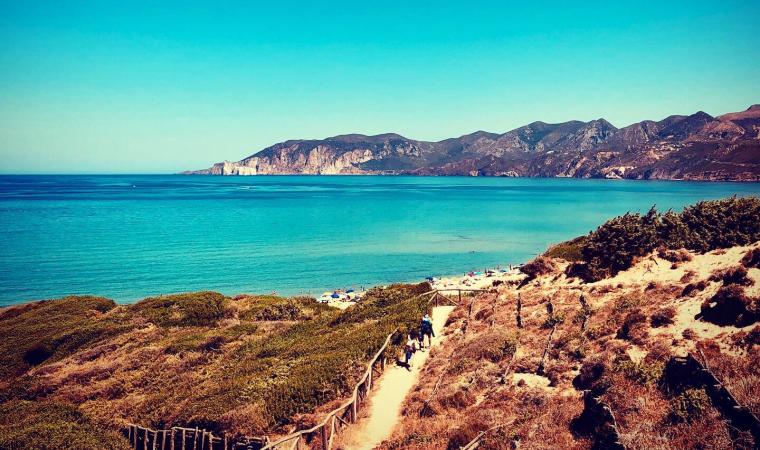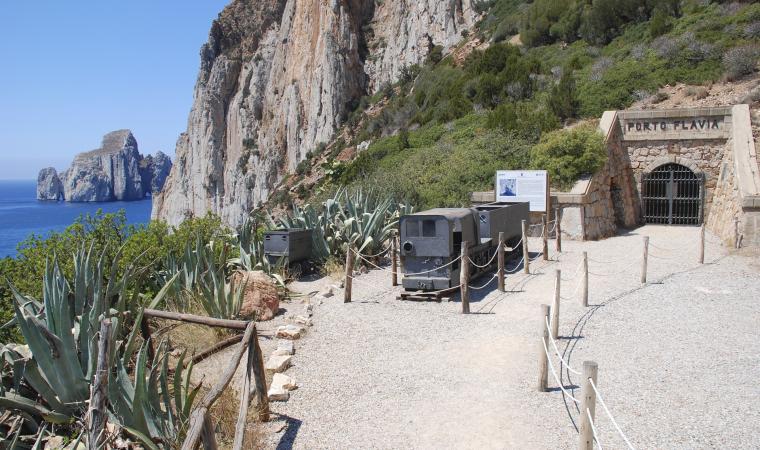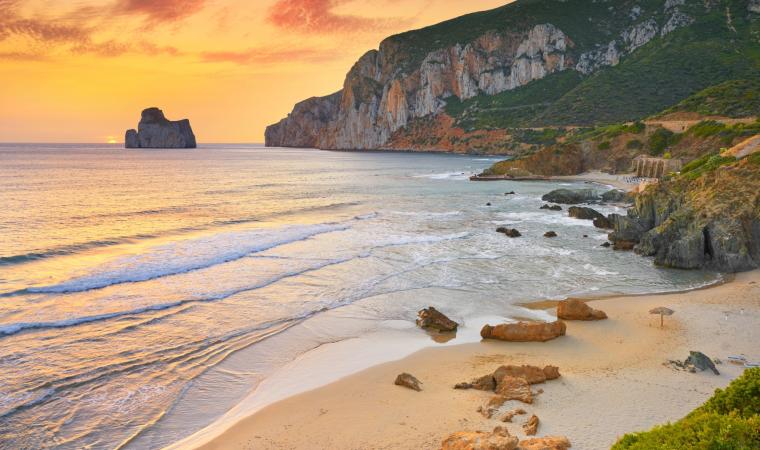Mentioned in a 14th century document, it was exploited periodically during the 17th and 18th centuries, reaching the forefront and its maximum development between the 19th and 20th centuries, and was later abandoned and lastly redeveloped. The Monteponi mine is one of the most fascinating examples of Sardinian mining history: over the centuries it has seen a succession of properties and activities, developing until it became one of the main mining plants in Italy, with modern buildings and cutting-edge structures (for the times), until the irreversible crisis and closure. Today, the mining complex a few kilometres from Iglesias is one of the sites included in the Parco Geominerario (Geology and Mining Park) of Sardinia, as well as being a stage of the Santa Barbara Mining Route. In practice, for some decades now, a new life has begun in the site, making it one of the most fascinating and best preserved sites of industrial archaeology.
The origins of mining in the Iglesiente region are probably Punic and Roman, but it was during the dominion of Pisa and the noble Della Gherardesca family, in the 14th century, that the first written sources appeared and testify to this. The decisive step took place five centuries later, in 1840, with the law of the Savoy states, which facilitated obtaining mining concessions that, in this area, were intended for lead, silver and zinc. Starting from the establishment of the Monteponi company, a modernisation and development process was initiated: the main structures were built, the wells of Vittorio Emanuele II and Sella – connected by the Villamarina tunnel -, new washeries, the elegant Palazzina Bellavista, management headquarters built in 1865, and a railway line that connected the mine to Porto Vesme, port of call near Portoscuso. The village of Monteponi grew to accommodate a thousand workers: a hospital, a school, a nursery school and a church were built. In the second half of the 20th century, unsustainable electricity costs, the depletion of minerals and the collapse of their prices on the international markets led to the definitive decline of production. The inevitable permanent closing of the mine dates back to the early nineteen-nineties.
Seen from a distance, Monteponi will appear to be a ghost village, but when wandering among industrial plants and machinery you will enter the dimension that the industrious mining centre had taken on between the 19th and 20th centuries. From Palazzo Bellavista, characterised by an unusual U-shaped layout and a terraced garden at the back, you can look out over the valley below. In the Villamarina gallery you will be impressed by the winch and hoist room, while, in the compressor room, you will notice an old steam turbine.
You can continue the mining tour in the nearby Iglesias sites of Nebida and Masua, surrounded by wonderful natural scenery, in particular the ruins of the Lamarmora washery close to the coast and, a short distance away, a revolutionary jewel for the time, the spectacular gallery of Porto Flavia, with direct access to the sea, facing the picturesque sea stack of Pan di Zucchero.


